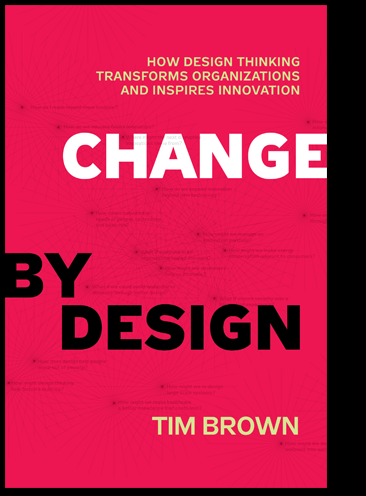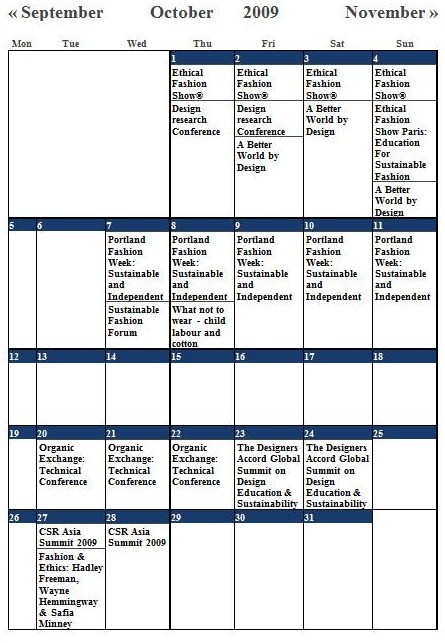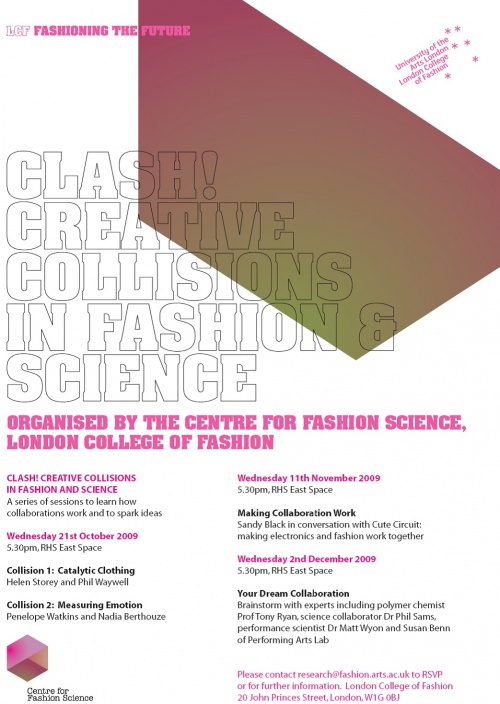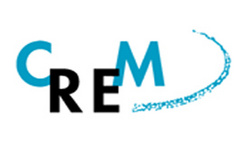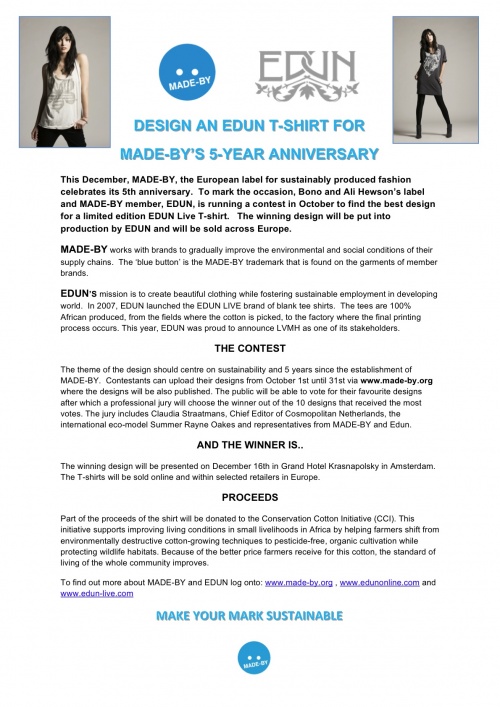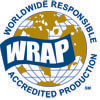In March, SA followed The National Labor Committee (NLC) as they cited sweatshop conditions in a Guatemalan factory manufacturing clothing for Briggs New York (80%) and Lane Bryant (remaining 20%) clothing.
The NLC is now reporting that the workers have won their right to healthcare.
“Significant health and safety improvements have been implemented. All overtime will be voluntary. Vacation time and pay will be honored. And workers are guaranteed their right to defend their legal, women’s and labor rights-including the right to organize an independent union. CEADEL will help train factory supervisors on respect for human, women’s and worker rights. CEADEL will also verify factory conditions to guarantee that the agreement is fully implemented.
This campaign proves that international solidarity combined with the effective and dedicated work of local nongovernmental organizations such as CEADEL can result in major victories for workers across the developing world.” (NLC)
The NLC is also asking for support with its petition- a call to action that demands G20 leaders to protect, and not ignore, workers rights. The petition is demanding that “world leaders do something positive and concrete to protect some of the most vulnerable workers anywhere in the world.” (NLC)
Drawing attention to the danger and misery of child labor in Bangladesh’s shipbreaking yards, the petition asks the G20 to empower the International Labor Organization (ILO), to establish the rule of law, and to implement basic safety provisions.
The petition is directed towards Britain’s Prime Minister Gordon Brown, as he is the chair of the G20 this year. Click here to sign the petition, and to support international workers rights.
This video, “Where Ships and Workers Go to Die” highlights Bangladesh’s controversial shipbreaking yards.
Source: NLC

